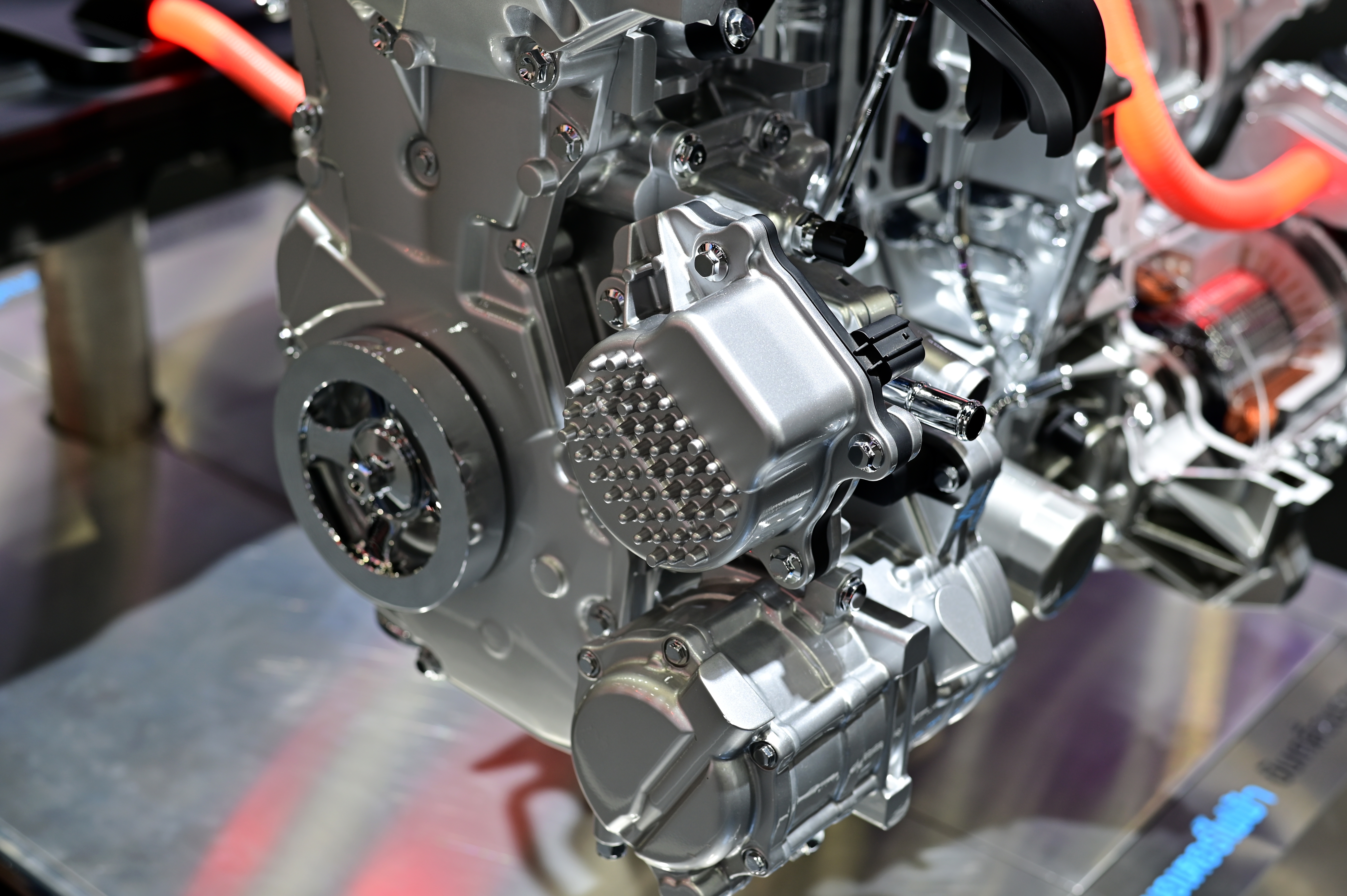
Long Range Metal-air Battery Technology
Inventor/Assignee: Weston Arthur Hermann| Assignee:
Description:
A metal-air battery uses metal as an anode just like a li-ion battery, but oxygen drawn in from the environment is used as the cathode. Metal-air batteries are a combination of the design and working of traditional and fuel cell batteries. These have a high energy efficiency that is 5 to 30 times greater than lithium-ion batteries and are often considered a sustainable alternative. MABs are considered as eco-friendly, non-toxic, low cost, and viable alternatives as metals are abundant in nature. Metal-air batteries now a days are the most promising power storage systems with high power densities. A metal air battery comprises a metallic anode in an appropriate electrolyte, and an embedded air cathode. Metal-air batteries (MABs) combine the design features of traditional and fuel cell batteries. Some of the most common metal-air batteries include LAB (lithium air battery), SAB (sodium air battery), MABs (magnesium-air battery), AAB (aluminium air battery) and ZAB (zinc-air battery) etc.
Advantage:
It enables a much lighter cell and therefore offers the potential to achieve a greater energy density. In EVs, it means a potentially greater range.
Disadvantage:
The drawback of metal-air battery packs is that despite the enormous energy density of metal-air batteries, the electrolyte of metal-air batteries becomes depleted after use and must be replenished.
Year of Development: 2020
Commercialization: Tesla
Patent: US10763477B2
Region: US
Theme: Battery Technology | Subtheme: Metal-air batteries
Source:
- https://electrek.co/2017/02/13/tesla-patent-metal-air-battery/
- https://www.cleanfuture.co.in/2020/09/21/tesla-obtains-patent-for-long-range-metal-air-battery-technology/
- https://iopscience.iop.org/article/10.1088/1742-6596/1913/1/012065/meta
Related Documents
Technologies
Metal-air Battery
Published Year:
Abstract:
Introduction: Metal–air batteries (MABs) are a promising... Read More



